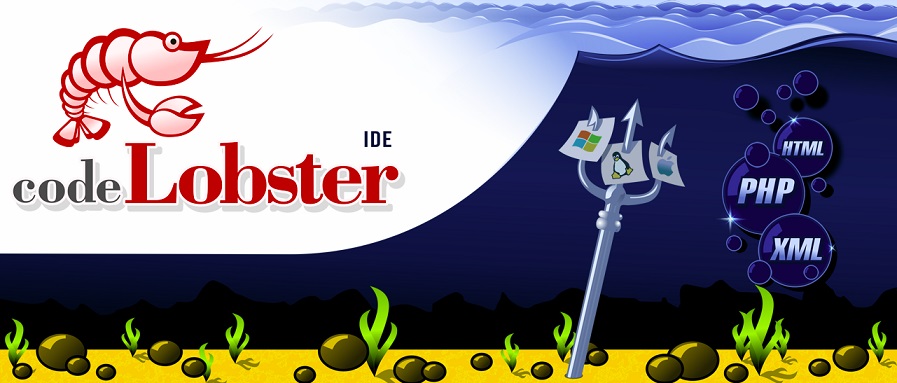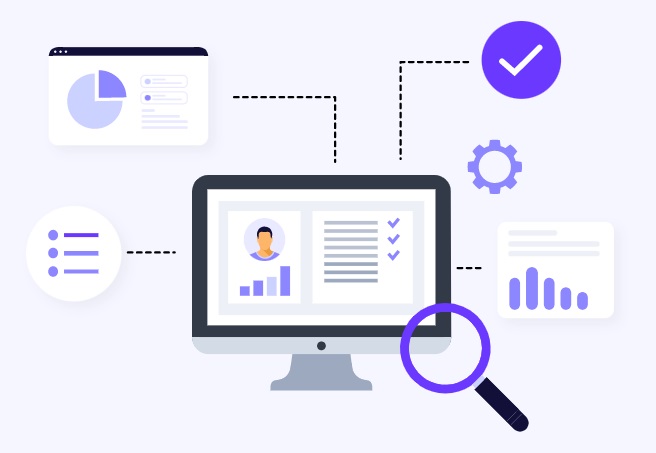.NET Best Practices in 2023
We know it seems haughty, but trust me. I didn't set out to accomplish that with that piece. Clean, high-quality .NET code can be produced by adhering to best practices for any programming language.

What Exactly Is .NET?
Formally speaking, .NET is "a Microsoft-created open-source developer platform for creating a wide range of apps." C#, F#, Visual C++, and Visual Basic are all supported languages for creating .NET apps. Informally, .NET is the application that enables you to create and execute C# programs. But sometimes you need to hire NET developer to mare some types of projects.
When you download .NET, you're actually installing a number of applications that:
- Convert your C# code into machine-readable instructions.
- Publish tools for publishing text to the screen and obtaining the time as utilities for program development.
- Create a set of data types, including text, integers, and dates, that will make it simpler for you to store information in your programs.
Architecture and Design
The main benefit of implementing best practices in the design and architecture of apps you develop using the Microsoft .NET framework is to prevent mistakes and expensive rewrites. In 2021, ASP.NET was the most widely used technological competence in the.NET C# tech stack.
To guide the design of your application, there are countless patterns available. MVC, Gang of Four, MVVM, Repository, Unit-of-Work, and Singleton are a few examples of design patterns you may be familiar with. These are all often employed and have various functions. Depending on what your application requires, you can utilize them independently or in combination with other patterns.
N-Tier, or N-Layer, design is a further prevalent idea in the Microsoft.NET framework. For smaller applications, three-tier architecture is the most typical of them.
Layer for Data Access
The DAL is frequently used in examples and tutorials, where it is instantiated in each controller and implemented in the main project. We shouldn't act in this manner.
Always create DAL as a distinct service when working with it. Because we may register DAL as a separate service inside the IOC (Inversion of Control) container, this is crucial for the .NET Core project. The logic of the repository should always be built on interfaces, and if you want, you may make it generic to allow for reuse as well.
Take into Account Containerizing Your.NET Apps
Web applications became cross-platform, portable, and open source after .NET Core 1.0, allowing developers to migrate them to Docker and make the most of containerization.
However, Windows containers support the older Windows-only .NET versions that numerous enterprise programs rely on, even if newer .NET versions running under Linux tend to get the most attention. Additionally, not every company that maintains web applications built with the.NET Framework is prepared to upgrade them. This is why it makes sense to containerize .NET Framework 4.x applications.

Performance
According to the Pareto principle, just 20% of causes result in 80% of the outcomes. By rephrasing that statement, you may apply it to performance: 20% of the code typically receives 80% of the execution time. Make the most of it by optimizing the areas that take the longest.
You can install and use a profiler if your program performs poorly. You will be able to see the precise cause of that. There are further techniques to boost performance, such as by conducting blocking operations in their threads (such as big file IO). Additionally, while using desktop programs, you should avoid doing complicated calculations in the same thread as your GUI.
Removing Duplicate Code Using ActionFilters.
With the help of filters in ASP.NET Core, we may execute some code either before or after a given stage in the request pipeline. As a result, we may use them to carry out repeated validation procedures in our action methods.
Our model object has to be validated when we handle a PUT or POST request in our action methods. As a result, that would result in our validation code being repeated, which is something we want to prevent.
Conclusion
All there is to it is that! The .NET best practices categories included some of these. We sincerely hope that these recommendations will help you enhance the performance of your .NET application. The main objective was to introduce you to some of the best methods for creating.NET projects.
To help you enhance the performance of your next project, try to apply the majority of these. NET recommended practices. Our qualified team can provide you with solutions if you run into any issues while creating or editing this list. After working in the sector for almost ten years, .NET is one of our strong suits.
You should read it
- Best React Usages in 2023
- Listed 12 most monstrous practices that our ancestors had done in the past
- What users expect Apple to announce at WWDC 2023
- Best mobile games of 2023
- 5 Best Practices for Using WSL 2 on Windows 10/11
- Best Practices on SEO Project Management
- Top 7 Most Anticipated Games of 2023
- 3 best horror blockbusters of the 2023 Halloween season
- 7 best features in Windows 11 May 2023 Update
- Instructions for watching Apple Music Replay 2023
- Top 10 best in-ear headphones of 2023 that are trusted
- Happy New Year 2023 photo






 Listed 12 most monstrous practices that our ancestors had done in the past
Listed 12 most monstrous practices that our ancestors had done in the past 5 Best Practices for Using WSL 2 on Windows 10/11
5 Best Practices for Using WSL 2 on Windows 10/11 Best Practices on SEO Project Management
Best Practices on SEO Project Management Why you easily fooled on the Web?
Why you easily fooled on the Web? How to Write Standard Code in C++
How to Write Standard Code in C++ The Evolution Of Onboarding: A Historical Perspective
The Evolution Of Onboarding: A Historical Perspective